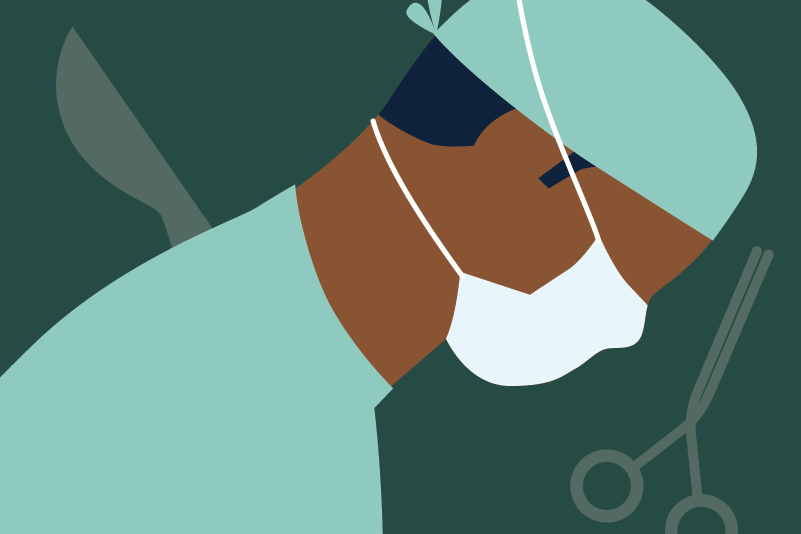#212 Clavicle Fractures: To plate or not to plate, that is the question.

Reading Tools for Practice Article can earn you MainPro+ Credits
Join NowAlready a CFPCLearn Member? Log in
- Randomized Controlled Trials (RCTs): Mostly males with closed, displaced, mid-shaft clavicle fractures without neurovascular compromise. Randomized to open reduction, internal fixation (ORIF) with plate, or conservative management. High quality RCTs (below) ensured both groups had similar rehabilitation from blinded physiotherapists.
- Largest RCT of 302 English patients: ORIF or sling.1 Followed for nine months.
- Pain and function: Early benefit (<6 weeks) with ORIF but no clinically significant differences at three or nine months. At nine months:
- Mean Disabilities of the Arm, Shoulder and Hand (DASH) score: 2 (operative) versus 3 (sling).
- Mean Constant-Murley score (CMS): 92 (operative) versus 90 (sling).
- Minimal clinically important differences:2,3 CMS=10 and DASH=11.
- ‘Healthy shoulder’ scores:4,5 DASH <29 or CMS >~90 (gender, age dependent).
- Patient satisfaction: No difference.
- Pain and function: Early benefit (<6 weeks) with ORIF but no clinically significant differences at three or nine months. At nine months:
- Most recent RCT of 117 Brazilian patients: ORIF or figure-of-8 harness.6 Outcomes at one year:
- Pain and function: No difference (no difference at any time point).
- Mean DASH scores: 3 (both groups).
- Time to return to work/“previous activities”: No difference.
- Patient satisfaction (shoulder appearance): No difference.
- RCT of 160 Dutch patients: ORIF or sling.7 Outcomes at one year:
- Pain and function: No difference in DASH/CMS scores (no difference at any time point).
- Secondary surgery: 27% ORIF versus 17% sling.
- Cosmetic satisfaction: No difference
- Other RCTs limited by:
- Unclear or no blinding of outcome assessors.8,9
- Different physiotherapy between groups.9
- Emphasizing radiographic (not patient oriented) outcomes.8,9
- Largest RCT of 302 English patients: ORIF or sling.1 Followed for nine months.
- Two quality systematic reviews found no difference in functional outcomes.10,11
- Operative management of displaced clavicle fractures has increased exponentially in the past 20 years.12,13
- 20-38% of Canadians who have clavicle fracture surgery will require a second surgery for hardware removal.14-16
- ORIF is more costly than conservative management.8






